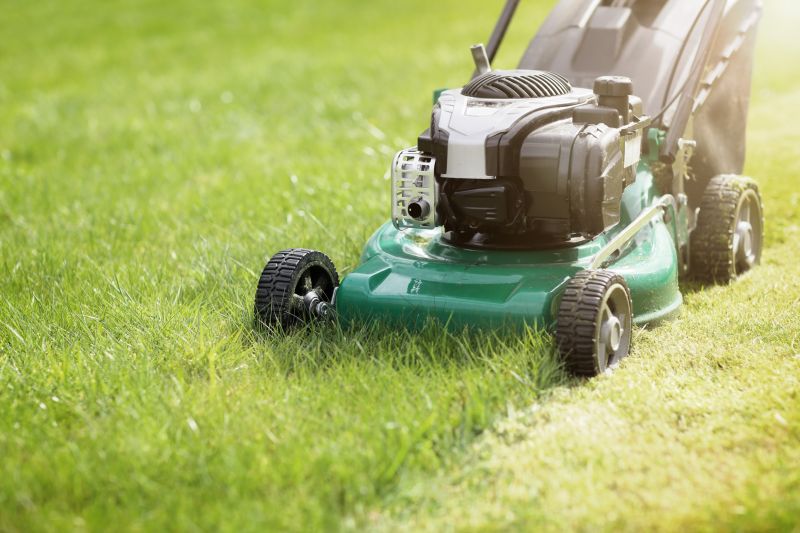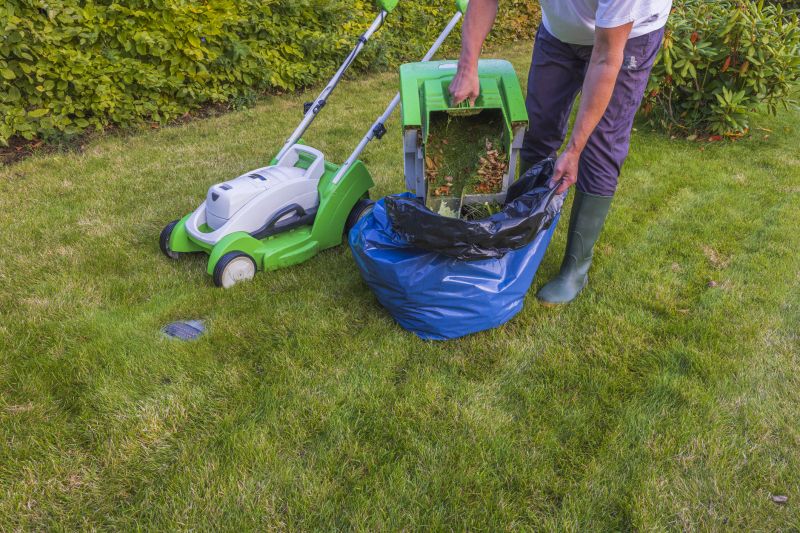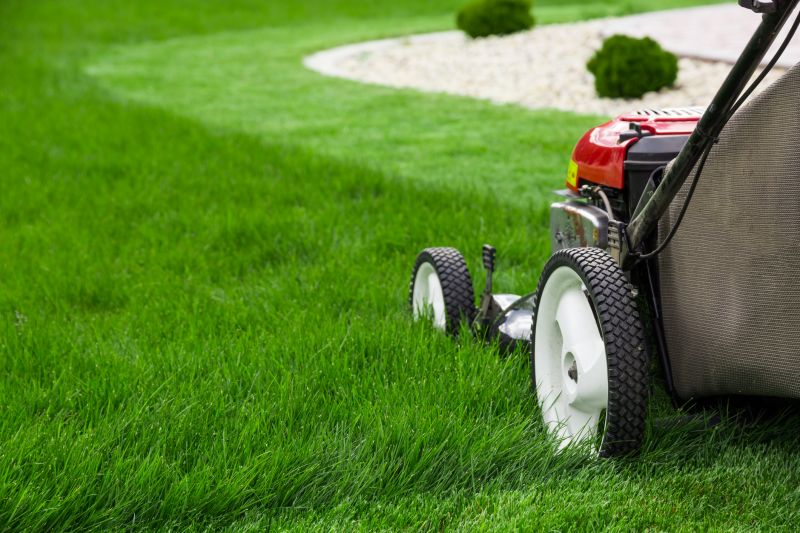Optimal Timing for Lawn Mowing
Proper timing of lawn mowings is essential for maintaining healthy grass growth. The optimal time varies based on seasonal changes, grass type, and local climate conditions. Regular mowing encourages dense, lush turf and helps prevent pests and diseases.
Begin mowing when the grass reaches about 2.5 to 3 inches in height to promote healthy growth after winter dormancy.
Maintain a mowing height of 2.5 to 3 inches to withstand heat stress and prevent weed invasion during peak growing season.
Gradually lower mowing height to prepare the lawn for winter, ensuring it remains healthy and resilient.
Refrain from mowing when frost is present or forecasted, as cold stress can damage grass blades.

Ways to make Lawn Mowings work in tight or awkward layouts.

Popular materials for Lawn Mowings and why they hold up over time.

Simple add-ons that improve Lawn Mowings without blowing the budget.

High-end options that actually feel worth it for Lawn Mowings.
| Season | Recommended Mowing Practice |
|---|---|
| Spring | Start mowing when grass reaches 2.5-3 inches; mow to 2-2.5 inches. |
| Summer | Maintain height at 2.5-3 inches; mow once a week. |
| Fall | Gradually lower height; mow as needed. |
| Winter | Avoid mowing during frost or snow. |
| Rainy periods | Adjust frequency based on growth; avoid mowing wet grass. |
| Drought conditions | Mow less frequently; avoid cutting more than one-third of grass height. |
Lawn mowings are a fundamental aspect of turf management, influencing grass health, appearance, and resilience. Regular mowing helps control weeds, improves air circulation, and promotes denser growth. The timing and frequency of mowings should be tailored to seasonal changes and local climate conditions to ensure optimal lawn health.
